In Hinduism, the number 108 holds enduring spiritual & cosmological significance. This number is not arbitrary. It reflects a precise blend of ancient wisdom, numerical patterns, and metaphysical principles that are deeply rooted in Vedic traditions.
1 = Oneness, Unity or Ultimate Reality
0 = Completeness
8 = Infinity & Endless Cycle of Creation, Destruction & Rebirth
The number 108 is linked to the structure of the universe, the human body, the Sanskrit language, and yogic practices. It is seen as a numerical symbol of wholeness and cosmic order. Rather than having a single explanation, 108 carries layered meanings across different domains, each contributing to its sacred status in Hindu rituals, meditation, and prayer.
This blog explores the multiple dimensions behind the number 108, presenting the key reasons why it is revered as a complete and powerful number in Hinduism.
Significance in Hindu Scriptures and Sacred Texts
The number 108 appears repeatedly in foundational Hindu scriptures, where it is associated with completeness and spiritual fulfillment. One of the most significant scriptural references is found in the Muktikopanishad (also spelled Muktika Upanishad) which explicitly enumerates 108 Upanishads. This authoritative text categorizes these philosophical treatises according to their respective Vedas: 10 from Rig Veda, 19 from Shukla Yajur Veda, 32 from Krishna Yajur Veda, 16 from Sama Veda, and 31 from Atharva Veda, totaling 108. This is not symbolic but deliberate, reflecting a curated body of spiritual knowledge considered essential for liberation.
In the Mahabharata, there are 108 names of Krishna, each representing a distinct aspect of his divinity. Similarly, in the
Shiva Sahasranama
and
Vishnu Sahasranama,
108 names are often used in focused worship.
The Natya Shastra, an ancient Hindu text on performing arts, describes Lord Shiva's Tandava (cosmic dance) with specific reference to 108:
'The 32 Angaharas and 108 Karanas are discussed by Bharata in the 4th chapter of the Natya Shastra, Tandava Lakshanam. Karana is the combination of hand gestures with feet to form a dance posture'.
These 108 dance postures of Shiva's Tandava represent the cycle of creation, preservation, and dissolution in Hindu cosmology.
In the Puranas, there are 108 sacred places of pilgrimage (Divya Desams in Vaishnavism), emphasizing the number's connection to spiritual geography. These scriptural uses establish 108 not as a random choice but as a standard of sacred enumeration, representing wholeness and spiritual order.
Significance in Vedic Mathematical Structure
In Vedic mathematical thought, the number 108 is regarded as a symbol of cosmic coherence and structural completeness. It is divisible by core symbolic numbers such as 2, 3, 4, 6, 9, and 12. These figures are not chosen at random. The number 12 corresponds to the solar months, 9 represents the navagrahas or planetary forces, and 3 aligns with the triadic nature of creation, preservation, and dissolution. Their product, 12 times 9, equals 108, illustrating a mathematical harmony that reflects the integration of time cycles and cosmic influences.
The digit sum of 108 (1 + 0 + 8) is 9, a number universally recognized in Vedic numerology as representing wholeness and spiritual completion. The number 9 maintains its identity through multiplication, and its recurrence in the digit sums of all its multiples makes it a symbol of cyclical perfection. This self-reflective property aligns with the concept of eternal recurrence and the undivided continuity of consciousness emphasized in Vedic philosophy.
Geometrically, 108 is the interior angle of a regular pentagon, a shape inherently tied to the golden ratio (approximately 1.618), which governs proportions found throughout nature and sacred art. The golden ratio appears in the spiral of galaxies, the growth of plants, the structure of shells, and the proportions of the human body.
In Vedic temple architecture and yantras, this ratio is used to create balanced and resonant spaces that mirror cosmic patterns. The presence of 108 within this geometric and proportional system reinforces its role as a number that not only symbolizes but actively embodies the mathematical and energetic order of the universe.
Astronomical & Astrological Significance
The number 108 has striking correlations with celestial distances and movements, which were well understood in ancient Indian astronomy. The average distance from the Earth to the Sun is about 108 times the Sun’s diameter. Similarly, the distance from the Earth to the Moon is roughly 108 times the Moon’s diameter. These ratios allow the Sun and Moon to appear nearly the same size from Earth, enabling total solar eclipses.
In Vedic spirituality, the number 108 signifies the interconnectedness of the microcosm and macrocosm. The Earth, Sun, and Moon ratios symbolize the inherent balance within the universe. The fact that the Sun and Moon appear to be nearly the same size during a total solar eclipse suggests a rare cosmic alignment where celestial bodies work in perfect synchrony, a concept that resonates with the idea of spiritual alignment. Just as these heavenly bodies align perfectly, the soul seeks alignment with the divine, transcending worldly distractions to attain higher consciousness.
There are also 27 nakshatras or lunar constellations in Vedic astrology, each divided into four padas or quarters, resulting in 108 segments. These segments are used to map planetary positions and interpret karmic influences in a birth chart. This integration of 108 with both spatial and temporal frameworks makes it a key number in aligning human life with cosmic rhythms.
Significance in Yogic Disciplines and Energy Channels
In yogic science, the human body is said to contain 72,000 nadis or subtle energy channels through which prana, the life force, flows. Out of these, 108 are considered major, and they all converge at the heart center, known as the Anahata Chakra. This chakra is viewed as the meeting point of body, mind, and spirit, where the essence of love, compassion, and higher consciousness resides. The convergence of 108 Nadis at this point is seen as a symbolic union of life energy and divine awareness.
The number 108 is also woven into physical yogic practices. Performing 108 Sun Salutations (Surya Namaskar) during solstices, equinoxes, or spiritual festivals is a traditional way of aligning the body with the rhythm of the universe. This sequence, repeated with breath control and mindful movement, serves to purify the body, energize the nervous system, and prepare the mind for deeper meditation. It becomes a moving meditation that mirrors the inner journey of discipline, balance, and awakening.
Chanting mantras or practicing pranayama in cycles of 108 is meant to refine inner awareness and tune the practitioner’s energy to cosmic patterns. Each repetition builds momentum in the subtle body, helping dissolve ego and mental noise. The deliberate use of 108 in these practices is not arbitrary, it is a tool to align inner energies with the mathematical and energetic structure of the universe, guiding the practitioner toward higher states of consciousness and union with the self.
Significance of 108 in Mantra Japa & Rudraksha Japa Mala
The Rudraksha mala, traditionally consisting of 108 beads, is used to count mantra repetitions during Japa or meditative chanting. The count of 108 ensures that the practitioner moves through a complete cycle of sound vibration, activating all key energy points in the body. Each bead represents one recitation, and the full circuit is considered sufficient to internalize the mantra's effect.
A 109th bead, called the Bindu or guru bead, is usually placed separately and is not counted. It symbolizes the point of transcendence, marking the transition between the finite and the infinite. This fixed structure creates a disciplined rhythm in spiritual practice and reflects the precision found in both yogic science and Vedic rituals.
Buy Rudraksha Japa Mala
Scientific Interpretations and Human Physiology of 108
Modern science offers physiological insights that support the traditional use of 108 in spiritual practices. According to Ayurveda, the body has 108 marma points, which are junctions of muscles, nerves, and connective tissues that influence the function of organs and energy flow. Targeting these points through yoga, acupressure, or sound vibration can improve circulation, relieve pain, and restore energetic balance.
Neuroscientific studies have shown that repeating mantras 108 times engages the parasympathetic nervous system, which slows the heart rate and promotes a calm state. The repetition helps regulate breathing patterns, lowers stress hormones, and supports emotional stability. These effects align with improved coherence between the heart and brain, contributing to clearer thinking and reduced anxiety.
Electrophysiological research also indicates that mantra recitation in specific counts can shift brainwave activity toward alpha and theta states, associated with relaxation and meditative awareness. Practicing in cycles of 108 appears to optimize the duration and rhythm needed to produce these shifts, suggesting a practical neurobiological basis behind this ancient count.
Conclusion
The number 108 stands as a convergence point of cosmology, body science, ritual, and spiritual psychology. Its presence across Hindu scriptures, sacred geometry, celestial mechanics, yogic anatomy, and neurophysiological patterns reveals a code that binds the seen and unseen dimensions of existence. Whether through mantra repetition, pilgrimage, or breath, engaging with 108 becomes a precise method for aligning the individual with universal order.
It is not the number alone but its layered integration across disciplines that gives 108 its enduring sacredness. It encapsulates the idea that the path to transcendence is structured, measurable, and rooted in both inner and outer realities. In Hinduism, 108 is not just counted; it is lived, experienced, and revered as the gateway to wholeness.


-in-Astrology.jpg)
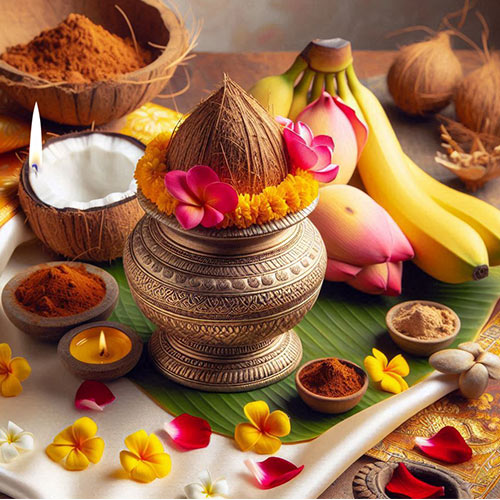
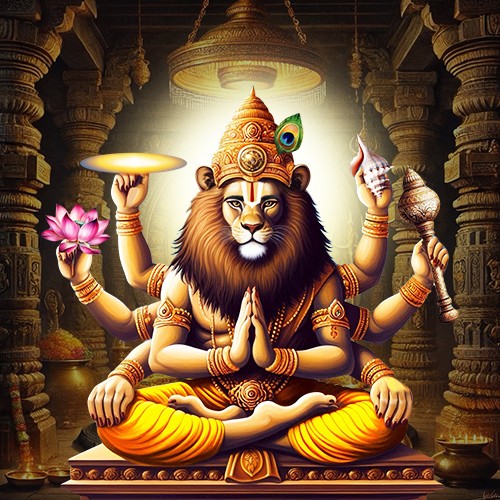
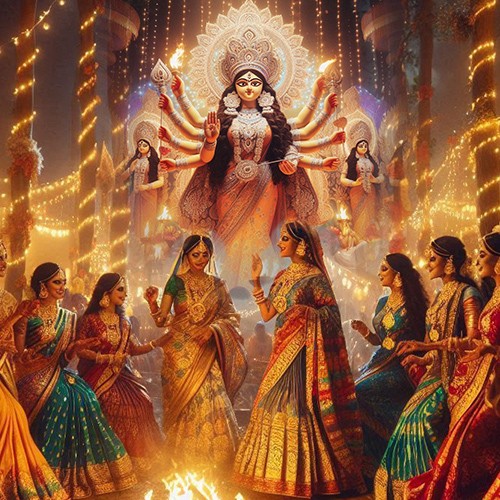
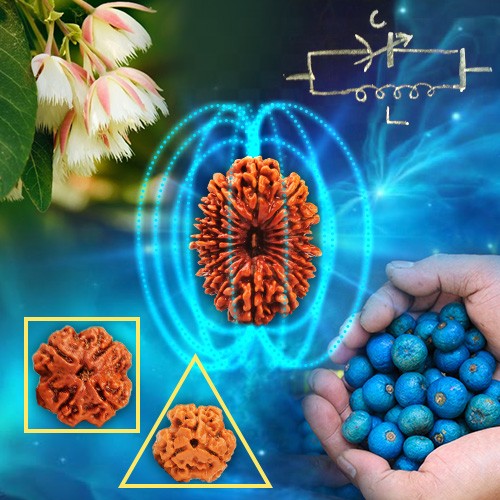

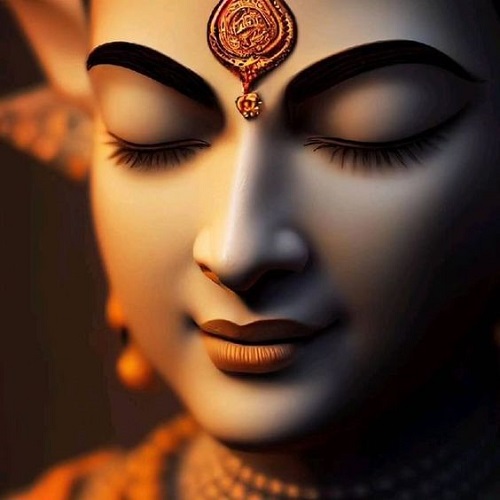
.jpg)
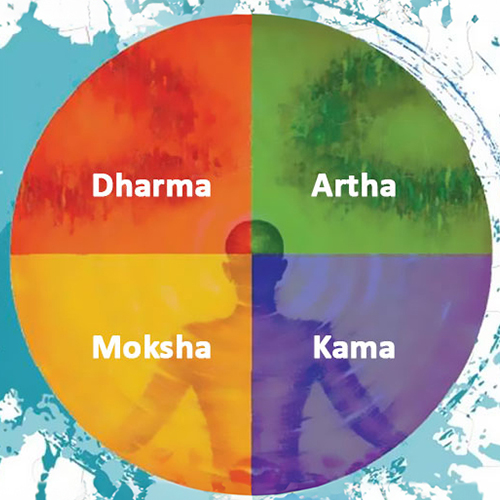

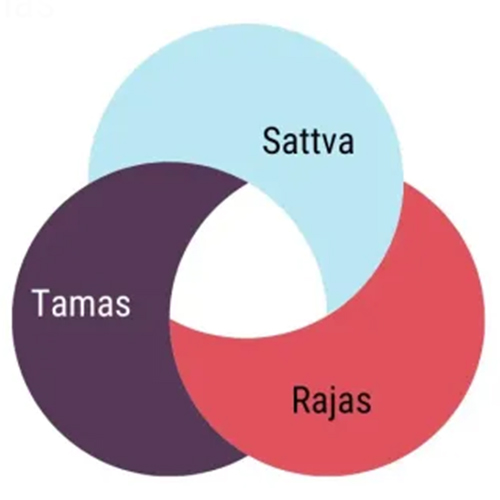
Comments 0
Leave your thought here